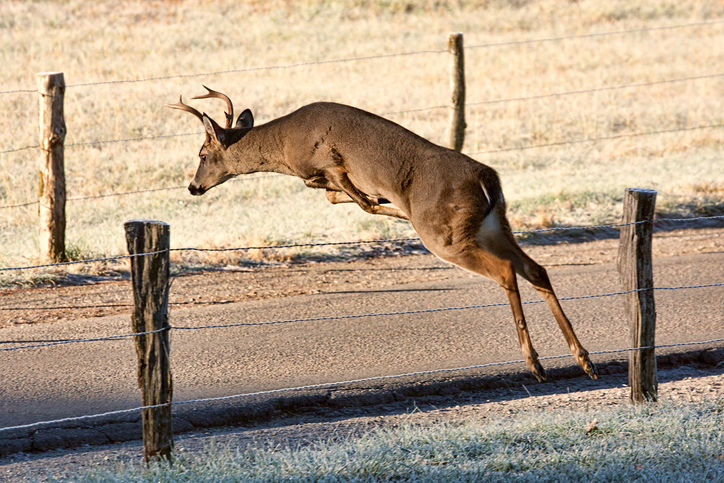Deer possess an insatiable appetite for various plants, shrubs, and trees, making them a significant threat to gardens and landscapes. From tender shoots to mature foliage, these voracious herbivores spare little when foraging for food. Their ability to leap over barriers and squeeze through small openings makes them particularly challenging to deter.
The Need for Deer Fencing
Enter deer fencing, often purchased from DeerFencing.com, a crucial defense mechanism for gardeners seeking to protect their plants from these persistent intruders. Unlike traditional fences, which may be easily breached by agile deer, purpose-built deer fencing is designed to withstand their attempts at access.
Types of Deer Fencing
- Physical Barriers:
- Mesh Fencing: Made of durable materials like polypropylene or metal, mesh fencing creates a physical barrier that deer find difficult to breach.
- Electric Fencing: Delivering a mild electric shock upon contact, electric fences serve as an effective deterrent without causing harm to deer or other wildlife.
- Visual Deterrents:
- Scare Tactics: Visual deterrents such as scarecrows, shiny objects, or motion-activated devices startle deer and discourage them from entering your garden.
- Repellents: Sprays and granules containing substances like garlic, capsaicin, or predator urine emit odors that repel deer from the area.
Choosing the Right Deer Fence
When selecting a deer fence for your garden, several factors should be considered:
- Height: Opt for a fence tall enough to prevent deer from jumping over it. A height of at least 8 feet is recommended for optimal effectiveness.
- Material: Choose a durable material resistant to weathering and deer pressure, such as galvanized steel or high-density polyethylene.
- Visibility: Ensure the fence is visible to deer to prevent accidental collisions. Mesh fences with a contrasting color are more easily detected by wildlife.
Installation and Maintenance
Proper installation is paramount to the effectiveness of deer fencing. Here are some tips to ensure your fence serves its purpose:
- Secure Anchoring: Anchor the fence securely to the ground to prevent deer from pushing it over or burrowing underneath.
- Regular Inspections: Periodically inspect the fence for any damages or weak points, repairing them promptly to maintain its integrity.
- Vegetation Management: Keep vegetation trimmed and clear away debris around the fence to prevent deer from using them as leverage to bypass the barrier.
The Benefits of Deer Fencing
Investing in deer fencing offers a myriad of benefits for gardeners:
- Protection of Plants: Safeguard your garden from deer browse, ensuring your plants remain intact and healthy.
- Cost Savings: Avoid the expense of replacing damaged plants or implementing temporary deterrents by installing a permanent deer fence.
- Peace of Mind: Enjoy peace of mind knowing that your garden is protected year-round, allowing you to focus on nurturing your plants without fear of deer damage.
Conclusion
Deer fencing is not just a solution; it’s a necessity for any gardener looking to preserve their hard work and maintain the beauty of their landscape. By understanding the threat posed by deer and implementing appropriate fencing measures, you can create a sanctuary where your plants can thrive undisturbed. So, don’t let deer wreak havoc on your garden – fortify it with a reliable deer fence and reclaim your piece of paradise.
Top of Form


